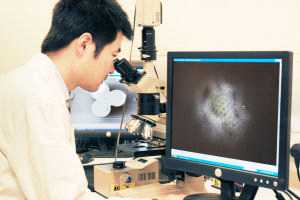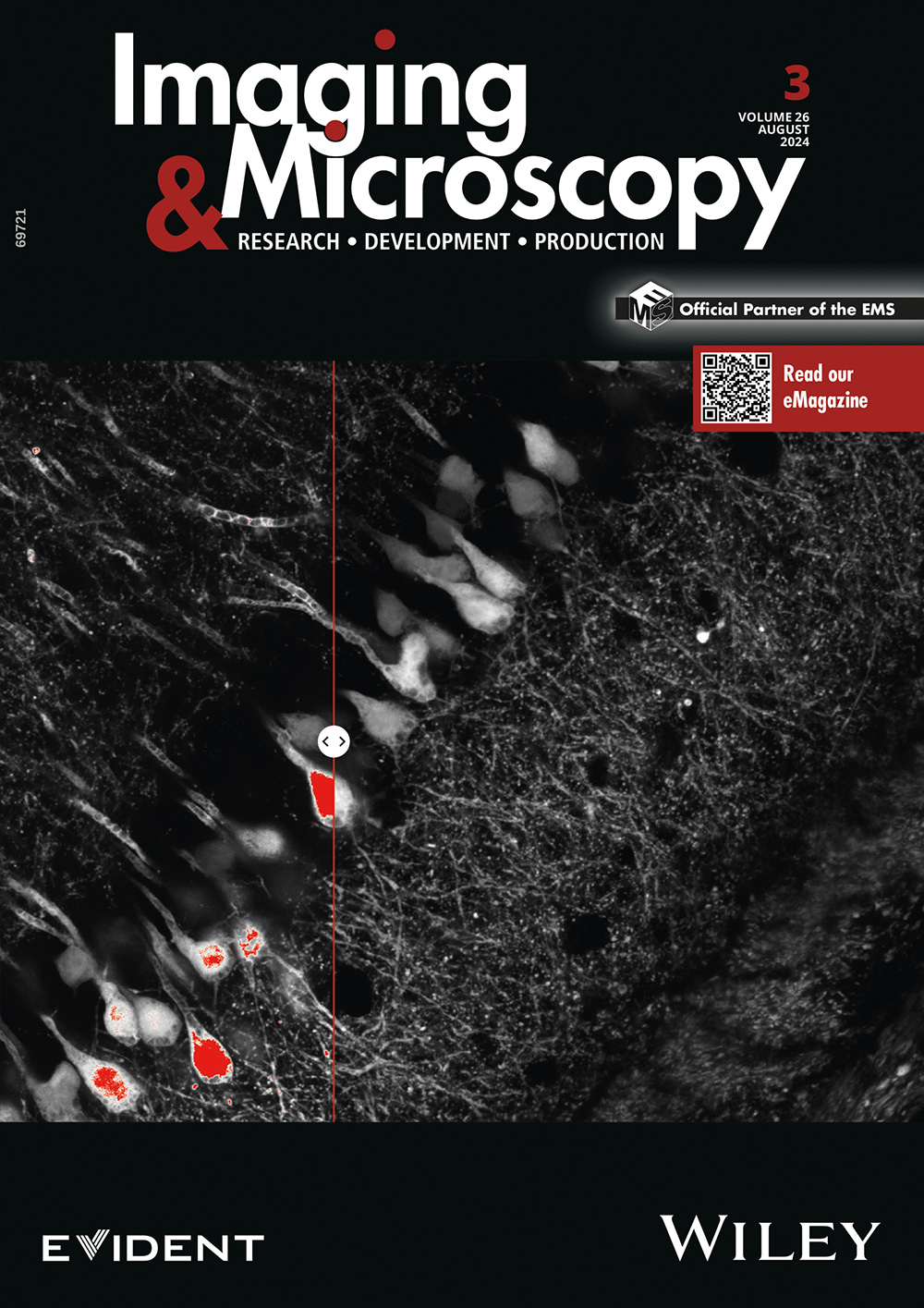University of Manchester research team, led by Professor Lin Li and Dr Zengbo Wang have created a microscope which shatters the record for the smallest object the eye can see, breaking the theoretical limit of optical microscopes. They wrote about their research in Nature Communications.
Previously, the standard optical microscope can only see items around one micrometre - 0.001 millimetres - clearly.
But now, by combining an optical microscope with a transparent microsphere, dubbed the ‘microsphere nanoscope', the Manchester researchers can see 20 times smaller - 50 nanometres (5 x 10-8m) - under normal lights. This is beyond the theoretical limit of optical microscopy.
This hugely-increased capacity means the scientists, led by Professor Lin Li and Dr Zengbo Wang, could potentially examine the inside of human cells, and examine live viruses for the first time to potentially see what causes them.
The existing microscopes which have the capacity to examine tiny items - electron microscopes - can only see the surface of a cell rather than examining its structure and there is no tool to see a live virus visually.
The scientists, from the School of Mechanical, Aerospace and Civil Engineering, now believe they can use the microscope to detect far smaller images in the future. The new method has no theoretical limit in the size of feature that can be seen.
The new nano-imaging system is based on capturing optical, near-field virtual images, which are free from optical diffraction and amplifying them using a microsphere, a tiny spherical particle which is further relayed and amplified by a standard optical microscope.
Professor Li, who initiated and led the research in collaboration with academics at the National University and Data Storage Institute of Singapore, believes their research could prove to be an important development.
He said: "This is a world record in terms of how small an optical microscope can go by direct imaging under a light source covering the whole range of optical spectrum."
Among other tiny objects the scientists will be able to examine are anodized aluminum oxide nano-structures, and nano-patterns on Blue-Ray CVC disks, not previously visible with an optical microscope.
http://www.manchester.ac.uk





